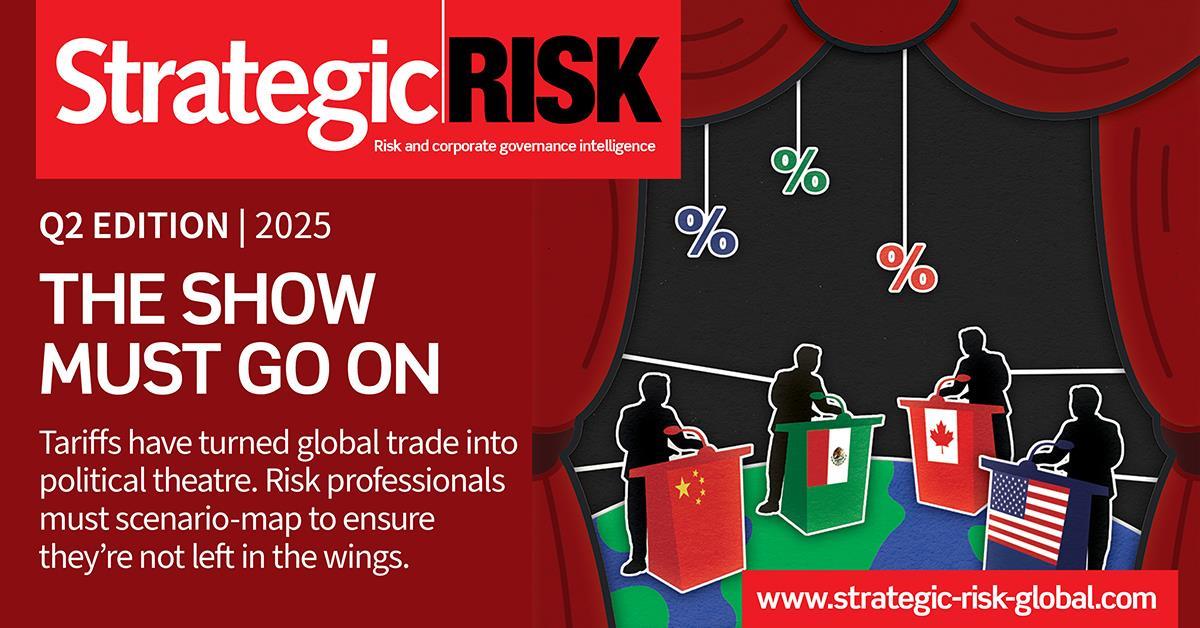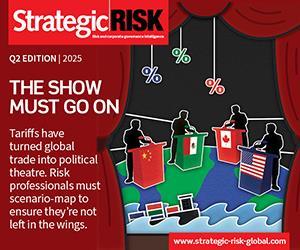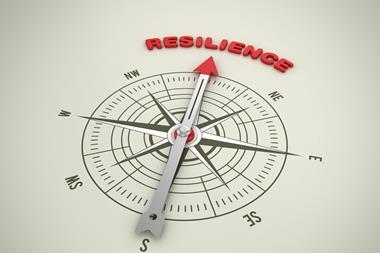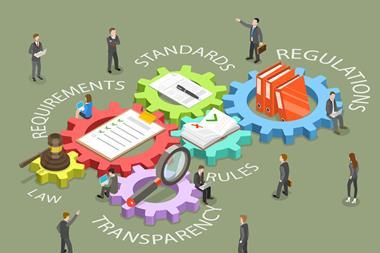Alessandro De Felice on ANRA’s involvement at this year’s Forum and his plans as president of the Italian risk management association

How does risk management maturity in Italy differ from other European countries?
The Italian economy is largely made up of small- and medium-sized enterprises (SMEs) and we are seeing a lot of non risk managers from SMEs – financial officers and legal representatives, for example – interested in ANRA (the Italian National Association of Risk and Insurance Managers) because they have had risk added to their remit or are interested in learning more about risk management.
Our mandate at ANRA is to grow the membership and support those professionals who want to develop their risk management knowledge and skills.
What we have observed from the FERMA benchmark survey last year is that risk management culture in large companies does not differ too much from the European countries where risk appetite and culture is more mature. However, among SMEs, risk management is less advanced and, in most cases, these businesses do not employ a full-time risk manager who is dedicated to managing risk. But we are serving an increasing interest to train non-traditional risk managers from smaller organisations.
In terms of your membership, how big is the proportion of non-risk managers?
At the end of 2014, ANRA doubled its membership. The membership is made up of traditional insurance buyers, insurance managers, chief risk officers and risk mangers dealing with enterprise risk management. These professionals represent two-thirds of our membership base. The other one-third is made up of other professionals who have some insurance and/or risk management responsibility.
What is ANRA doing at the conference?
ANRA was involved in organising this year’s FERMA Forum and we’ve decided to use this opportunity to have our annual conference with FERMA. We held a number of ANRA sessions looking at areas such as resilience, environmental risk and climate change.
What were the highlights?
The sessions looked at a wide variety of risks associated with global warming and climate change. These risks not only affect local populations but also can cause expensive business losses if the risks are not handled carefully.
For example, severe weather such as droughts and pollution can cause significant social interruption leading to widespread food and water shortages and, in the most severe cases, local populations may be forced to move out of their home countries. Business interruption losses can be expensive if natural catastrophes disrupt production lines and supply chains.
In addition, the affects of climate change could affect whole economies. It has been predicted that Jakarta, for example, could be completely flooded by 2050 because of rising sea levels. So the risk is not only to property but also to its entire economy.


























No comments yet